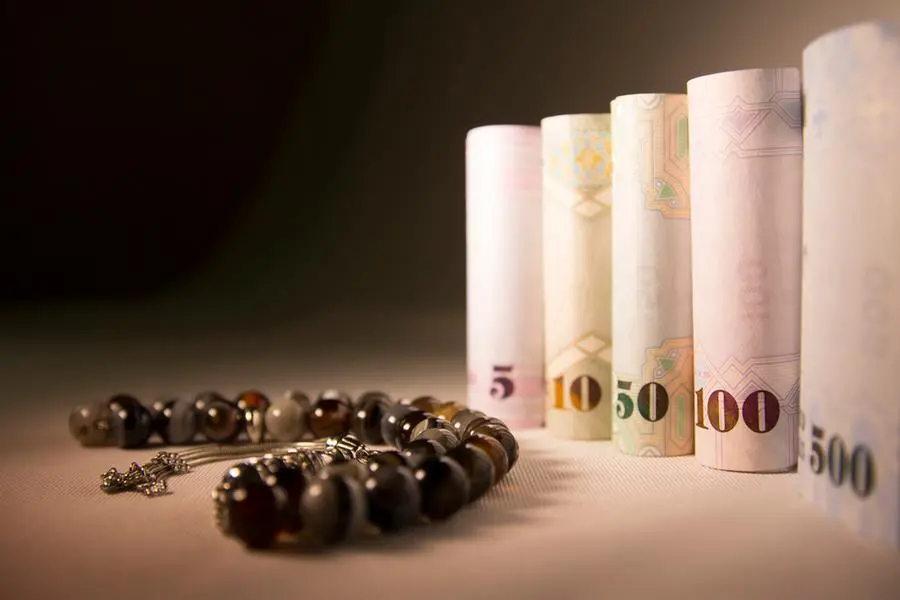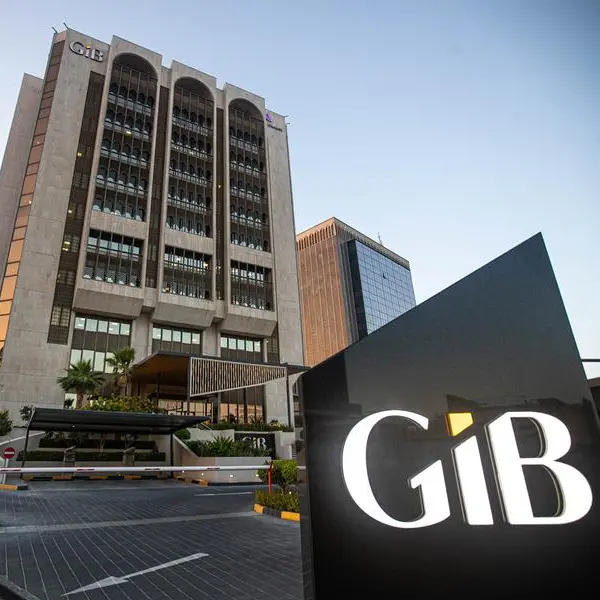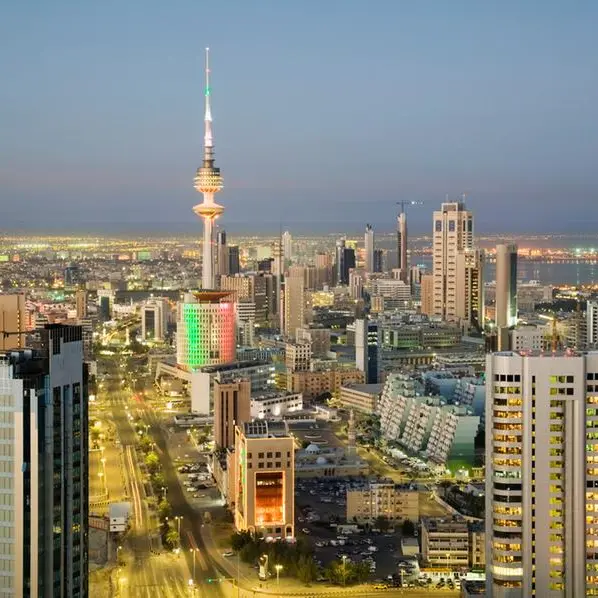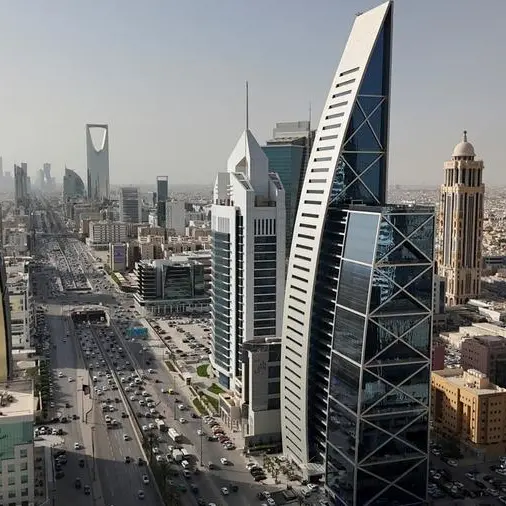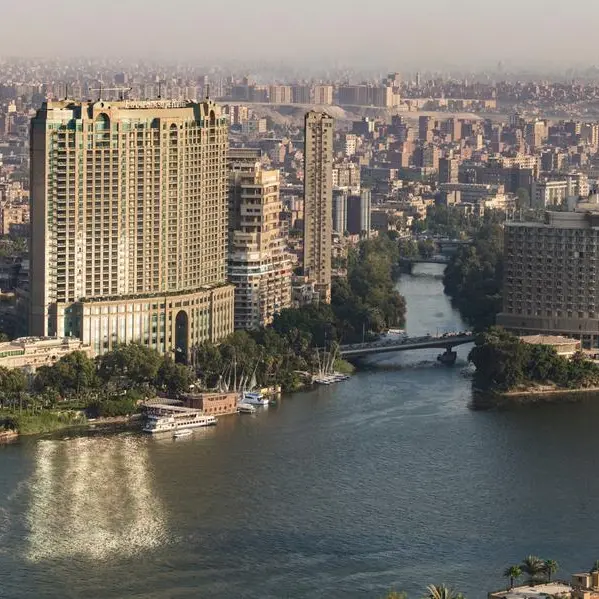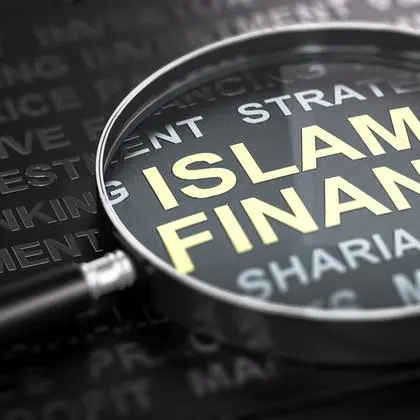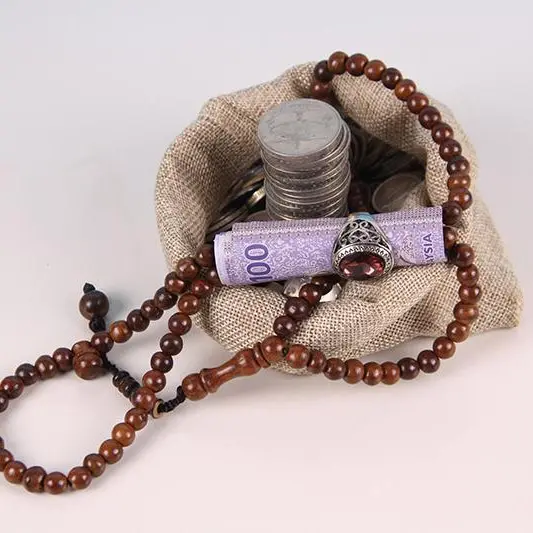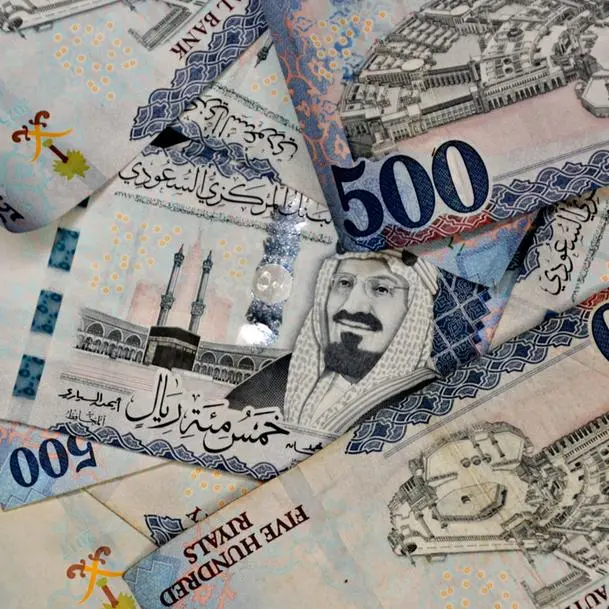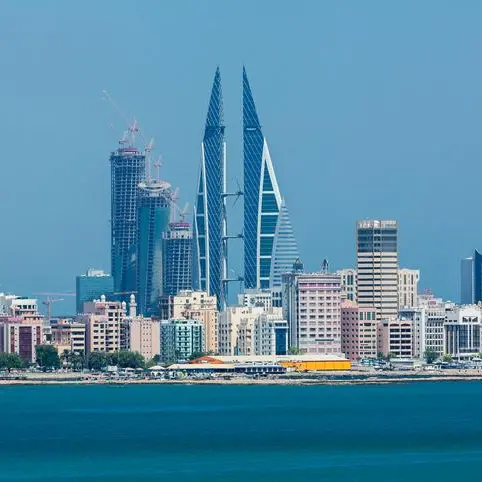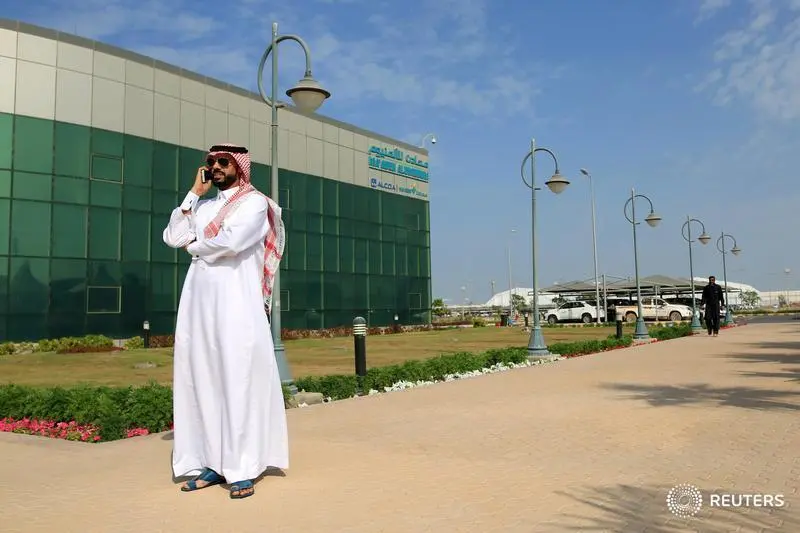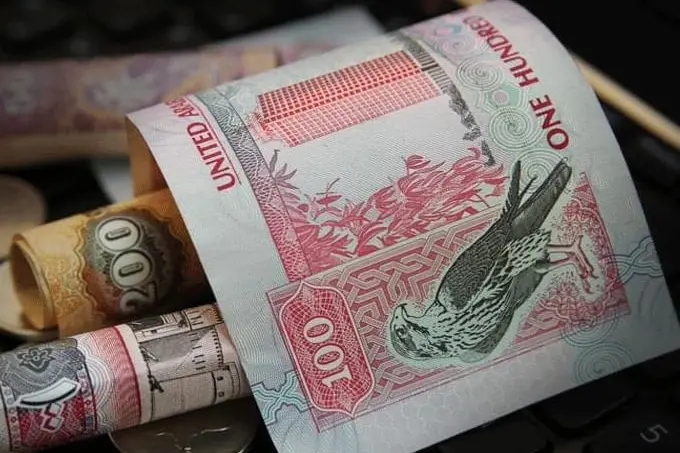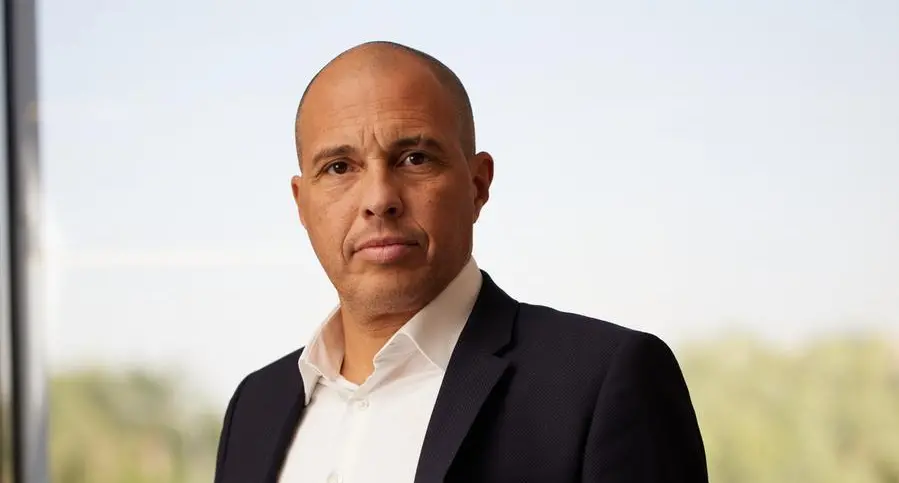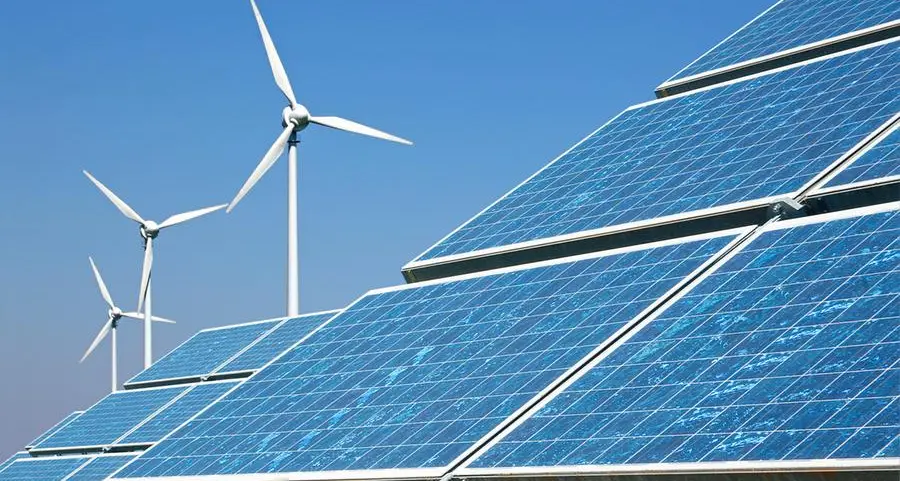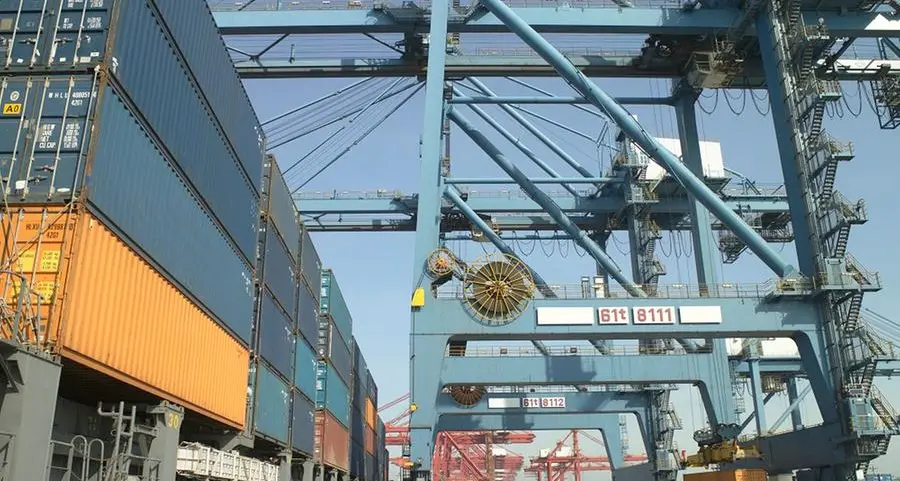PHOTO
The debt market was recently awash with Additional Tier 1 (AT1) USD-denominated capital sukuk as GCC banks—including three from Saudi Arabia—rushed to take advantage of tighter spreads, strong investor demand and the ample liquidity in the region for Islamic paper.
Here are some of the latest issuances in May:
Sharjah Islamic Bank’s $500 million AT1 sukuk offering saw books at over $1 billion, tightening prices to 6.125% from initial price thoughts (IPTs) at 6.5%.
Kuwait’s Warba Bank issued a $250 million AT1 sukuk, with a reoffer yield of 6.25%, tighter than the original price guidance of 6.5%. The bank is in the process of buying a 32.75% stake in Gulf Bank from Alghanim Trading Company LLC, and it completed a 436.7 million dinar ($1.42 billion) rights issuance in April.
In Saudi Arabia, Alinma Bank raised $500 million in sustainable AT1 at 6.5%, narrowing from IPTs of around 7% as books climbed to $2 billion.
Saudi Awwal Bank issued AT1 green sukuk worth $650 million at 6.5%, and Bank Albilad issued a $650 million AT1 sukuk at a profit rate of 6.5% as well.
The wave of issuances was largely driven by upcoming call dates—Sharjah Islamic Bank, for example, has a call in July—and the need to refinance existing instruments while strengthening capital buffers. Saudi banks in particular are experiencing rapid balance sheet growth, which has increased the urgency to shore up their capital ratios.
“While the timing made it seem coordinated, it was more a matter of internal processes and regulator approvals aligning up. The result was a temporary glut, which may have impacted pricing, but there was no sign of market stress,” said a Dubai-based banker.
Saudi banks are actively seeking funding to support the massive capex programmes underway in the kingdom and address the need to finance fiscal deficits amid steadily falling oil prices. To meet these demands, banks are also tapping into dollar markets as a way to diversify funding sources.
Scarcity premium
The banker pointed out that despite similar credit ratings (many Saudi and UAE banks are rated in the “A” range), there is a noticeable pricing differential. For example, recent AT1 issuances saw Saudi banks pricing around 6.5%, while UAE’s Sharjah Islamic priced at 6.125%, reflecting a scarcity premium for the UAE paper.
Even with that premium, Saudi AT1 still prices tighter than some global peers.
“This is where relative value becomes critical, especially for global fund managers, who tell us that GCC paper trades too tight relative to global comparables. For a London-based investor who can choose between HSBC, Standard Chartered, and a Saudi Tier 1, the global names often offer better yield for a similar or better credit rating,” the banker said.
Some regional funds and investors, in particular those who are constrained by their mandates, do not have the flexibility to buy global banks. But for large, unconstrained institutional players, the value proposition of GCC paper is becoming less compelling, especially as supply continues to build.
Meanwhile, the investor base has been heavily skewed—up to 70% of the recent allocations—toward the GCC, according to the banker. Saudi and regional private banks, as well as local institutional investors, have been snapping up the issuances.
For Islamic investors, the recent weeks have been a bonanza. Five of the USD AT1 deals issued during May were structured as sukuk and attracted Islamic investors, who have few comparable options outside the region.
(Reporting by Brinda Darasha; editing by Seban Scaria)
